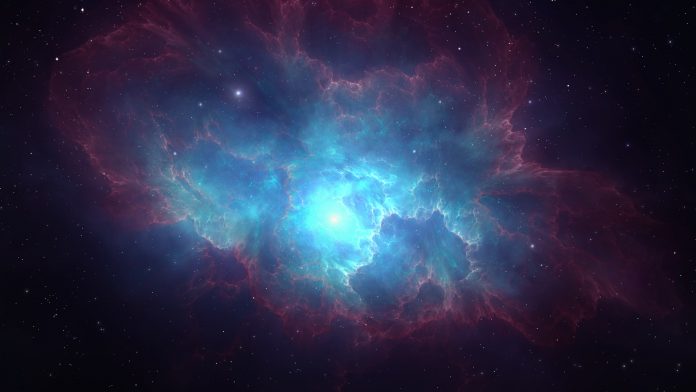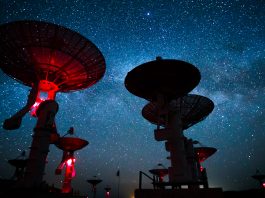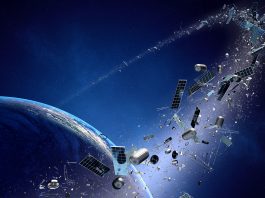Ariel is one of the European Space Agency’s Cosmic Vision programmes; its mission is to measure and examine exoplanets and explore their atmospheric properties.
According to our current knowledge, almost 5,000 exoplanets have been found across a range of over 3,000 planetary systems. Exoplanets make up the majority of planet-like structures in the known Universe. However, they are still relatively elusive, with no clear understanding of how they formed within their systems and any link to the parent star at the centre of the system.
The Atmospheric Remote-sensing Infrared Exoplanet Large-survey (Ariel) mission aims to fill in these gaps and is the first mission dedicated solely to exoplanet analysis to assess the atmospheric conditions, chemical footprints, and early history of around 1000 key exoplanets. We can further explore the initial stages of atmospheric and planetary formation and expand our understanding of our solar system and its origins by collecting and analysing this data.
The Innovation Network‘s International Editor, Clifford Holt, speaks to Theresa Lueftinger, the ESA mission’s Project Scientist, about what we can learn when it goes live in 2029.
What are the primary science goals of the mission? Why is it important to know more about the chemical composition and thermal structures of exoplanets?
The important science questions we want to answer with the Ariel mission include what exoplanets are made of, how planetary systems form and evolve, and what physical processes shape planetary atmospheres. It is crucial to be able to answer all these questions.
Stars and planets form together in planetary systems we call protoplanetary disks, and these disks are made out of a vast amount of gas and dust, and from these gases and dust, planets begin to form. Understanding the chemical composition and thermal structures of exoplanets can tell us how quickly and where in the protoplanetary disk they were formed.
How the planet is composed depends significantly on where it forms and whether it is migrating within the disk. The thermal structure also tells us a lot about where the planet formed, from what material it formed, and how it will evolve in the future. This is crucial as it can tell us about both the history and the future of a planet.
Given that Ariel is the first such ESA mission with such a remit, what challenges do you expect to encounter?
We can learn a lot from what is already being done from the ground, and Ariel is not the first ESA mission investigating planetary atmospheres. However, it is investigating them in a lot more detail. GAIA, CHEOPS and PLATO will all explore exoplanets and, while it is not running in space yet, the James Webb Space Telescope (JWST – an ESA, NASA, and CSA co-operation) also has that as a part of its mission, and we hope to learn from its pioneering work.
We already know how Ariel’s instruments should function and how the detectors behave, so the challenges should be limited from the technical point of view. Of course, every space mission is unique, with unique instruments and unique strengths. Specific instruments are made for each mission, so there is always a challenge and a risk during the mission’s development. However, everything is going currently well, and we are on schedule in all aspects, and that in itself is a key challenge. It can be challenging to keep the unique setup of the instruments on schedule, and development time needs to be closely monitored to mitigate all the risks that might arise.
In terms of science, a lot is prepared already. Exoplanet science is, of course, quite a new field, but we do already observe from the ground to some extent using infrared. James Webb will have similar capabilities to existing technologies.
There are not too many risks or reasons to expect any significant challenges. Our challenges are not very different from other established missions. Of course, our mission development is complex and complicated. It is many different parts and different space-qualified techniques put together by a huge consortium.
However, there are no additional risks caused by the science focus we want to tackle. It is one of the first machines to assess exoplanetary atmospheres in great detail, so we are looking forward to and curious as to what the data will look like at the end. There is much preparatory work going on in that respect.
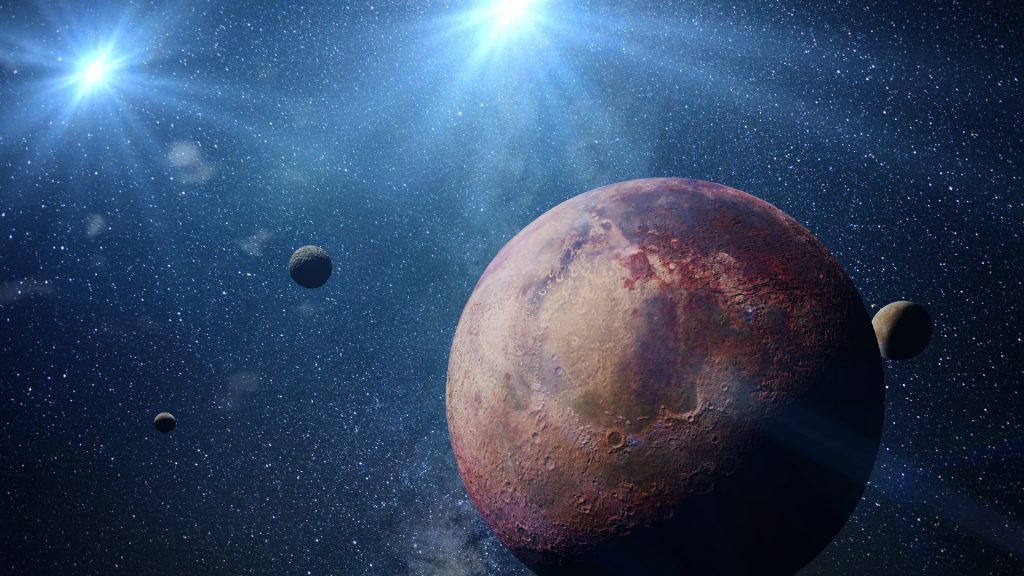
In addition to studying the atmospheric conditions of exoplanets, Ariel will also monitor host stars for stellar activity. Why is this important?
Stars are the driving engines in stellar-planetary systems, they are the most active part of the such systems. What the star looks like and how massive it is really impacts how a planet forms and evolves. If it is a massive star, more energy reaches the planetary surface, affecting its formation.
Massive stars evolve much quicker than stars with small or intermediate mass like the Sun, for example. The Sun is of a relatively moderate mass, which has been crucial to the development of life. For life to evolve on a planetary surface, it needs time, and very massive stars develop quickly. Therefore, it does not give the planet the time to evolve to that stage.
It worked in our Solar System, and for solar-like and smaller stars, this should be possible as well. However, considering massive stars, we do face a very different situation. They also have much stronger winds, stronger mass ejections, and thus more severe boundary conditions, creating a much harsher environment for the planet than a cooler star.
In the end, it also depends on where the planet is situated in the stellar-planetary system. If a planet is close to the star, it is much more affected by stellar activity than further out. This activity is a measure for stellar winds and magnetic fields that can erode the planetary atmosphere in very severe ways.
Solar wind affects us on Earth even though the Sun is a moderate star and relatively old. Younger stars are more active, with stronger winds, that erode the planetary atmospheres even more. How a planet evolves and if it can obtain the conditions for life at all depends on a very delicate interplay between stellar activity, the properties of the star, and the properties of the planet, such as its size, mass, and atmospheric density. Many different factors are playing together, and stellar activity is one of the most crucial.
For a select number of planets, Ariel will also perform a deep survey of their cloud systems and study seasonal and daily atmospheric variations. How will these planets be chosen, and what do you hope such activities will achieve?
From our efficient sample of around 1,000 planets, we will be able to work with the first statistically relevant sample of exoplanets and their detailed investigation. Of those planets, 50 to 100 are planned to be so-called ‘benchmark targets’, and these will be selected based upon the initial observations.
In processing the mission reference sample, we will look at the physical properties we want to investigate and analyse what we see in the first observations for the planet. Alternatively, we will examine observations taken with other instruments like JWST or data from ground-based campaigns (e.g. taken with ESO telescopes in Chile). We will look for the most interesting targets for our purposes and then examine them in more detail and for a more extended period to uncover what atmospheric dynamics are present. Furthermore, we will explore their spatial and temporal variability, allowing us to learn about weather effects in the atmosphere of these planets and the dynamics present.
What do you expect to learn from the CHEOPS and PLATO missions (and indeed the JWST), and how do you expect this to inform the Ariel mission?
It is fantastic that ESA and NASA are launching multiple exoplanetary missions such as CHEOPS, PLATO, and JWST, and GAIA is also now working on exoplanet science.
CHEOPS, launched in 2019, is up and running, and its goal is to measure masses and radii of planets to very high accuracies. So, we will know more about the bulk composition but nothing about the ethereal chemical composition and the planet’s atmosphere.
PLATO is a discovery mission, and we expect to discover thousands of exoplanets. We also hope to find the first real Earth twin, which has not been discovered yet.
JWST, as mentioned already, will cover exoplanetary atmospheric science, but with a different focus. With Ariel, we will concentrate on observing a huge, statistically relevant and representative sample of exoplanets. JWST will observe a few well-selected targets, ‘Goldilocks’ targets, as it were, and we are excited to see what the data will look like. The Ariel mission will benefit a lot from that.
We will also select our targets based on the findings of CHEOPS, PLATO, TESS, GAIA, and JWST to enrich our mission reference sample. Building up this sample is one of the big tasks we are going to work on for the next few years. Thus, the final target selection will benefit a lot from the data obtained from these preceding missions.
I am sure we will find things we had not expected or even imagined before. That happens in science regularly, especially in exoplanet science. This is also what makes our life, our profession, and this field of science so exciting. For example, so-called ‘transitional planets’ have sizes between Earth and Neptune-size and host very dense atmospheres. We do not have these kind of planets in our Solar System, and so at one point we did not even know that they existed. We have since discovered they are the most numerous planets detected so far, and I am very sure similar things will happen again. It is for reasons such as this that we conduct our research; to find out how we can place the Solar System in context. Is it unique, exceptional, or is it similar to other star-planetary systems?
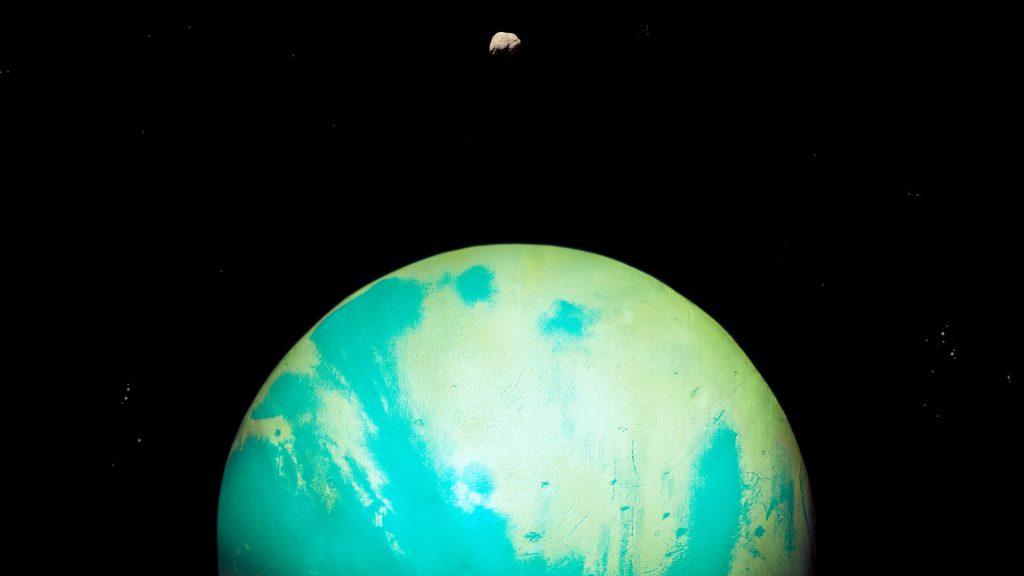
Ariel has only recently been selected by ESA, so the launch remains a long way off. What then are the shorter-term ambitions for the mission?
Regarding science, of course, we want to learn as much as possible until the mission launches and we get our first on-board data. We will be utilising ground facilities, such as the spectroscopic telescopes run by ESO in Chile and other large instruments conducting transit spectroscopy. It is one of our central tasks to define the mission reference sample in the best possible way to get the best possible science out of it.
The Ariel science consortium is intensely working on data simulation and reduction techniques. Furthermore, we want to make them as proficient as possible to be able to extract the best possible science out of the data we obtain with Ariel.
From a theoretical point of view, models suggest how planets evolve, how they build up, and how they exist in their planetary systems. However, there is a lot we do not know yet, and theories need to be developed further to constrain what we observe. It is always crucial that theory goes together with observations. Theoretical models of stellar activity, for example, of planetary evolution and planetary build-up, will need to be further developed to compare observations and theoretical predictions in the best possible way. Otherwise, it will be difficult to proceed in learning about the physics going on in planetary atmospheres.
When we put Ariel and other exoplanet missions in context, they will be very important to pave our way to finding habitable planets or moons in the Universe. We do not yet know the critical aspects that make a planet habitable or not, but one of our goals is to find other life-friendly planets one day.
Theresa Lueftinger
Ariel Project Scientist
European Space Agency (ESA)
Tweet @esa
sci.esa.int/web/ariel/
Please note, this article will also appear in the seventh edition of our quarterly publication.

